In Focus: The plantsman-turned-artist who found art in flowers, and painted from corner to corner
Cedric Morris's striking still life images have been largely forgotten for three decades, but three new shows are ending that unfair neglect. Chloe-Jane Good takes a look at one of the highlights from one of those exhibitions, at the Garden Museum in London.
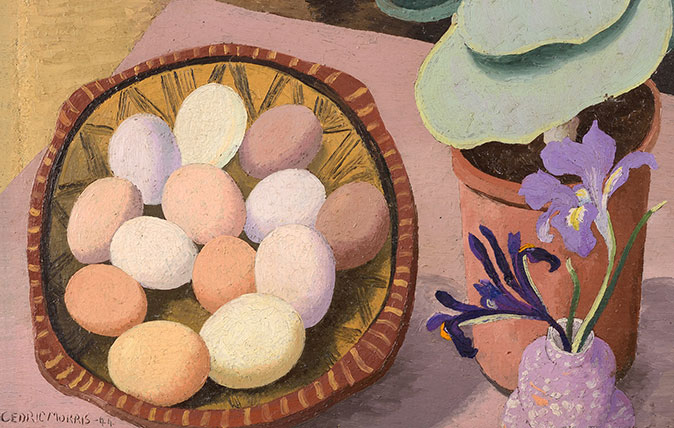
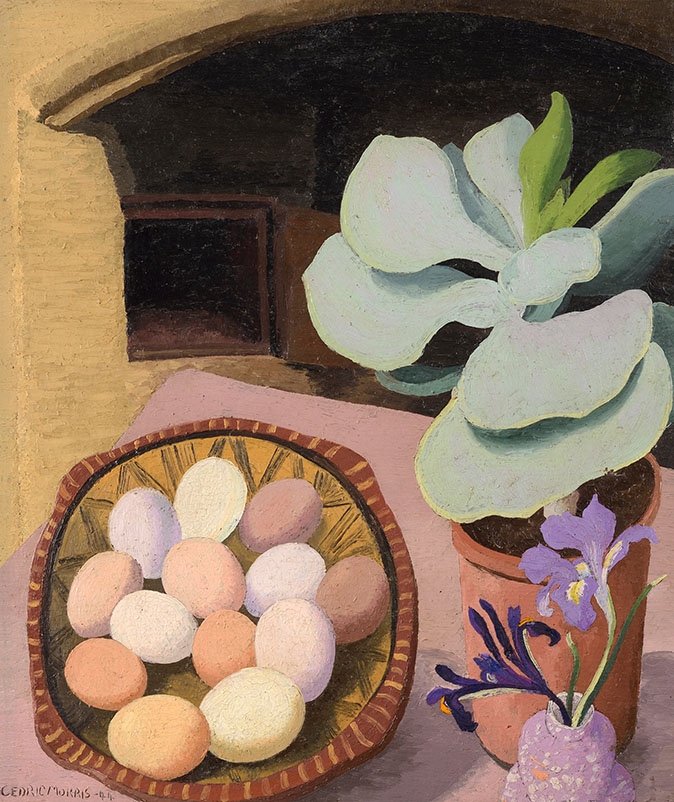
In 1984 Tate Gallery held a retrospective exhibition of the work of Cedric Morris curated by Richard Morphet. It was two years after the artist’s death and since then he has been largely forgotten by the art world. However, this spring/summer sees three concurrent exhibitions dedicated to Morris’ painting and drawing.
In London, the Garden Museum focuses on his flower still lifes and Philip Mould & Co gallery explores his landscapes. In Suffolk, Gainsborough House brings together rarely seen and intriguing portraits co-curated by artist Maggi Hambling, a former student of Morris at his East Anglian School of Painting and Drawing in the early 1960s.
Morris was a free spirit and lover of nature. He was anti-establishment and anti-anti-establishment. In the 1920s he walked out of the Seven and Five Society following Ben Nicolson’s ruling on non-representational only, refused an invitation to be a Royal Academician and fell out with his London gallery despite a sell-out show.
He followed his own rules and rhythms and it was upon the move to Benton End in Suffolk with his partner Arthur Lett-Haines, his home of four decades until his death, that he found freedom to live and work to the full.
https://youtu.be/P18HAUUvfOo?t=34s
As a young man he attended Académie Delécluse art school in Paris in the years leading to the First World War. Paris then was the centre of the Cubist movement. After the war, Purism emerged which sought to progress cubism by simplifying forms and removing detail, while embracing modern technology and machinery. His friend, Fernand Léger, was a foremost Purism painter. The movement’s Manifesto stated ‘All liberties are accepted in art except those that are unclear.’
Famously, Morris started a painting in a top corner of the canvas and worked his way down to the opposite corner where he ended with his signature. He did not do preliminary drawings but rather he knew exactly how the painting should be. This clarity of intent, vision and free style execution ring with Purism but Morris did not settle under any manifesto.
Exquisite houses, the beauty of Nature, and how to get the most from your life, straight to your inbox.
In Cotyledon and Eggs, 1944, on show at the Garden Museum, we see the simple forms and flat plains of Cubism as the table and bowl of eggs tilt vertically to face us. But the earthenware bowl has its decorative markings, the eggs are a dainty assortment in powdery floral hues, the earth in the cotyledon’s pot is wonderfully real, the iris flowers are delicate and expressive and the thickly applied paint is textural. This is a sensual and tactile painting.
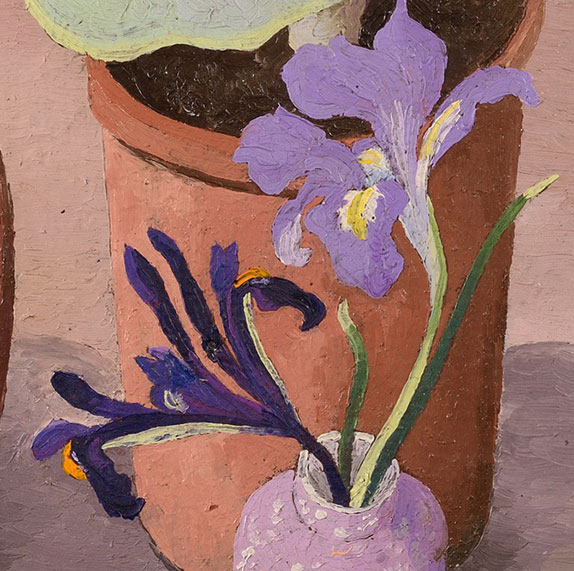
The cotyledon could be what is now known as Cotyledon orbiculata 'Cedric Morris', likely from a cutting Morris took somewhere in the Mediterranean. When put outside in the summer months it develops a red rim on the edges of its leaves but if kept indoors the reddening does not occur. So, it is possible Morris kept this Cotyledon indoors only.
Indeed, Morris mostly painted indoors. Perhaps he needed the order and constraint, while his garden, abundant with colour, shapes, depths and new possibilities, was too much a distraction when putting down a composition on canvas.
Morris did not follow English garden conventions. He took many plants from the Mediterranean and planted them at home. Beth Chatto has commented that he did not plan out his garden using paths, borders and vistas but that he brought together plants he loved, discovered and bred to form cohesive and immersive compositions of colour, shape and texture.
Morris was a ‘dirty gardener’. He weeded on his hands and knees with bare hands and without using tools. Even later in life, when he was partially blind, he continued to weed this way.
His method of painting was much the same. He was driven by deep intuition and love of his subjects.
The summer's three Cedric Morris exhibtions:
Cedric Morris: Artist Plantsman is at The Garden Museum in London until 22 Jul 2018 – see gardenmuseum.org.uk/exhibitions/coming-soon-cedric-morris-artist-plantsman for more details
philipmould.com/gallery/edit/exhibition-announcement-cedric-morris-beyond-the-garden-wall
www.gainsborough.org/event/cedric-morris-at-gainsboroughs-house
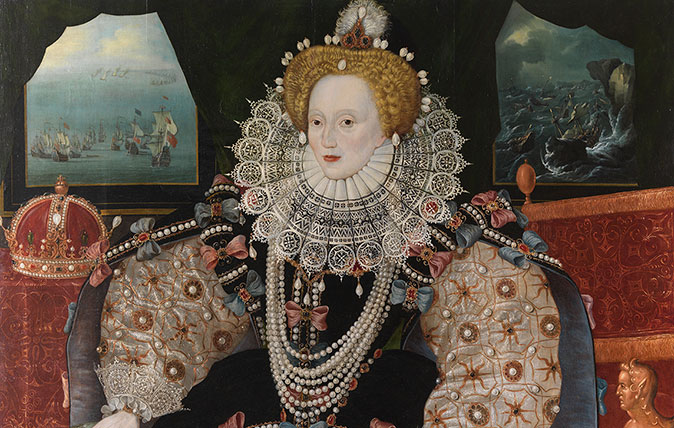
Credit: The Elizabeth I Armada Portrait, photographed after conservation was completed by Tina Warner/Jon Stokes. ©National Maritime Museum, Greenwich, London
In Focus: Queen Elizabeth I at the apogee of her power, restored to perfection for the Armada's anniversary
Chloe-Jane Good takes a look at the immaculately-restored 'Armada Portrait' of Queen Elizabeth I, on display at the Queen’s House
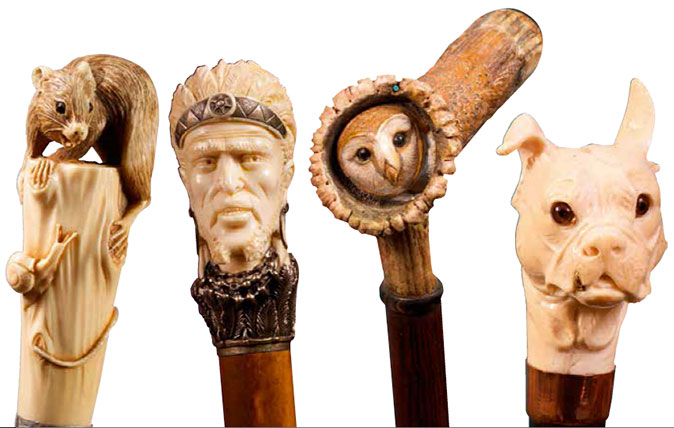
From hidden swords to Sting, everything you need to know about walking canes
Sported by traditional types, the walking cane is both stylish, practical – and sometimes deadly.
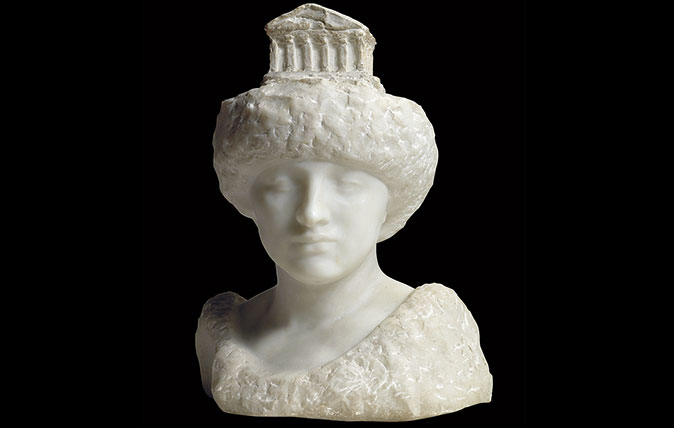
Credit: © Musée Rodin
In Focus: Rodin's quirky take on one of the treasures of the Elgin Marbles
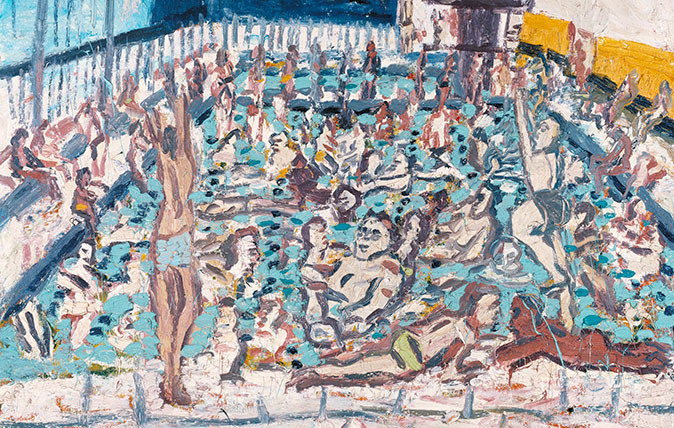
Credit: Leon Kossoff Children's Swimming Pool, Autumn Afternoon 1971. Tate © Leon Kossoff
In Focus: An idyllic sunny afternoon, evoked by a leading light of the School of London
Lilias Wigan takes an in-depth look at Leon Kossoff's Children's Swimming Pool, Autumn Afternoon, one of the pictures on show